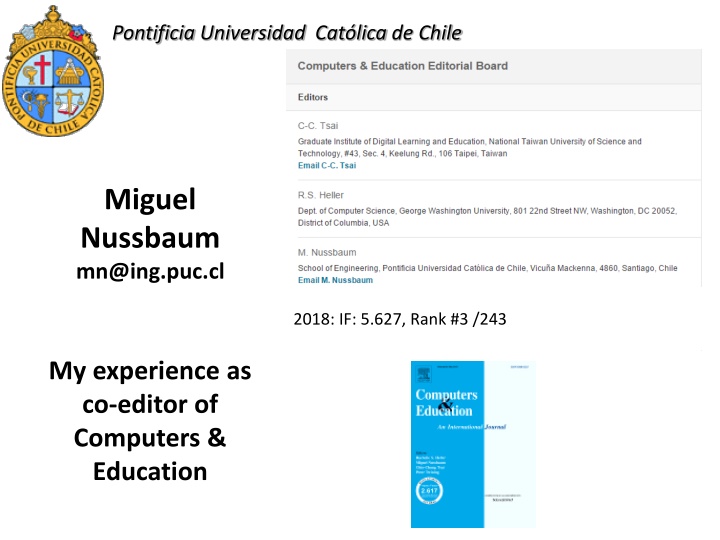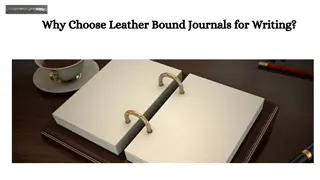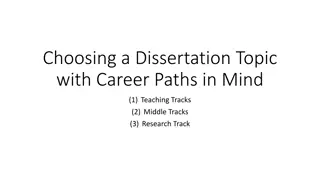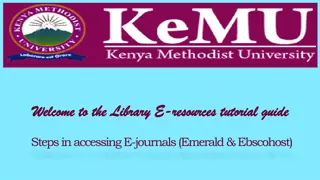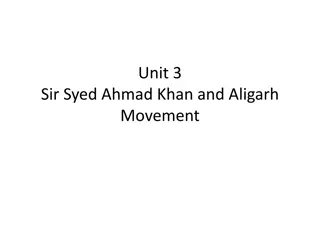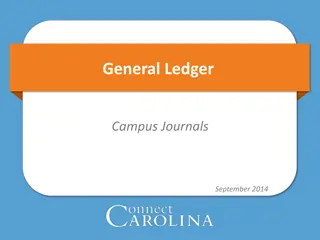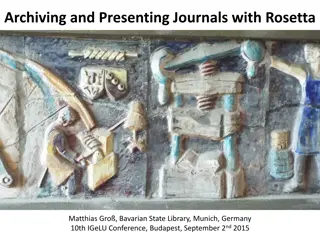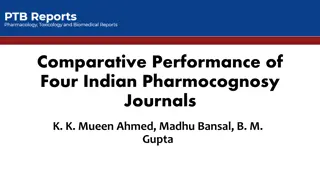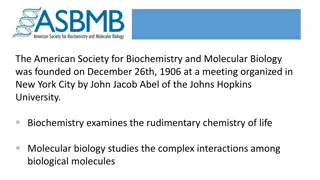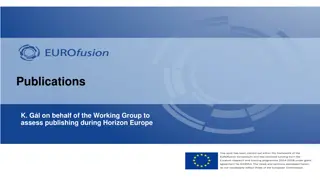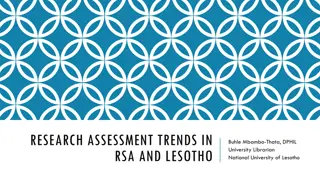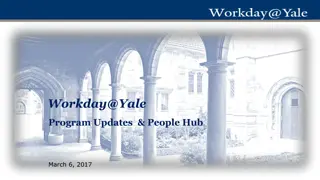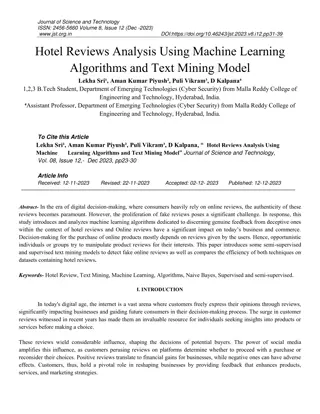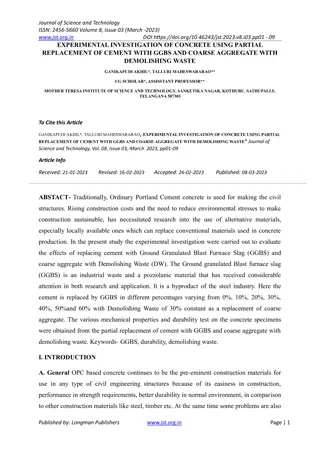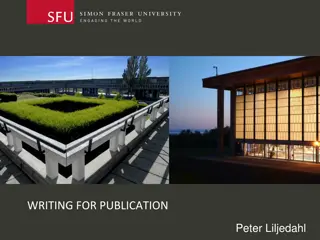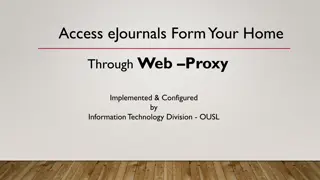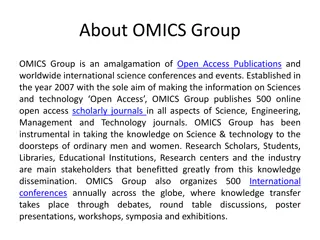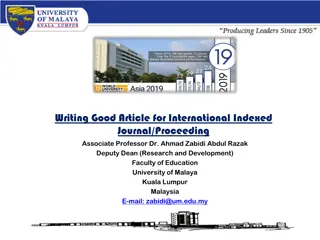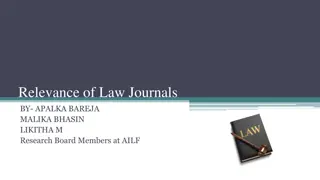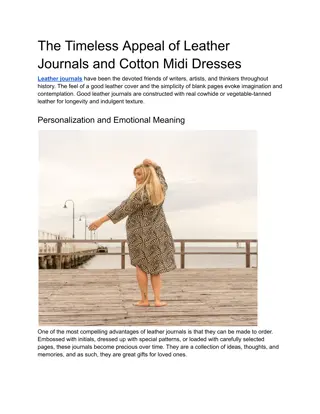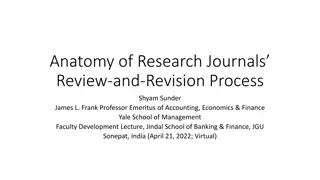Enhancing Research Quality in Educational Journals
Comprehensive guide on improving research quality in educational journals - from defining problems to results analysis. Includes tips on methodology, literature review, and submission process.
Download Presentation

Please find below an Image/Link to download the presentation.
The content on the website is provided AS IS for your information and personal use only. It may not be sold, licensed, or shared on other websites without obtaining consent from the author.If you encounter any issues during the download, it is possible that the publisher has removed the file from their server.
You are allowed to download the files provided on this website for personal or commercial use, subject to the condition that they are used lawfully. All files are the property of their respective owners.
The content on the website is provided AS IS for your information and personal use only. It may not be sold, licensed, or shared on other websites without obtaining consent from the author.
E N D
Presentation Transcript
Pontificia Universidad Catlica de Chile Miguel Nussbaum mn@ing.puc.cl 2018: IF: 5.627, Rank #3 /243 My experience as co-editor of Computers & Education
General 1. Defined problem: a) within the scope of the Journal b) too specialized 2. Bibliograpahy updated 15 (at least) refereed papers last 3 years 3. Match with papers in Internet 4. Long and difficult to follow a) Appendix 5. English a) b) Proofread by English native professional Define acronyms before using these (none in Abstract) 6. APA guidelines on: a) Reporting statistics b) Bibliography 7. Resubmission a) accompanying letter analyzing how you addressed each of the referees points.
Abstract What is the problem? What have you done? What are your results? What have you learned? (250 words)
General Structure 1. Define the problem, aim and research questions based on current significant literature 2. Detailed methodology. 3. Results provide data to answer the research questions. 4. Conclusion and Discussion 1. Based on results 2. Discussed considering pertinent literature 5. https://owl.english.purdue.edu/owl/resource/560/01/
Introduction 1. Literature Review: 1. Relevant to the problem 2. Updated 3. Comprehensive 4. Of the literature review a cohesive history has to be written (not just a list of paragraphs from references). 2. Build Reserach Questions from literature review 1. RQ should be of global interest and not focused to a particular local problem 2. Identifying a research gap is not enough; key is showing its significance to the field. 3. Why is your research relevant? 1. What did we learn compared with current, significant research
Methodology (i) Research Design: funded in literature: a) quanti, quali, mixed b) Design Based Research (ii) Educational Context a) Representative of what? b) Sample has to be far-reaching to be representative to reach conclusions c) Quantitative results from a small number of students can be inconclusive. (iii) System used: a) b) c) Purpose and design goals, description (not a manual), usability. (iv) Instruments: a) b) c) Analyze and fundament, Show validity and statistical reliability Data has to match objectives (Dependent and independent variables) (v) Procedure: a) Index of results b) Treatment and control group have to be comparable c) Protocol for interviews and observations d) Strong Statistical methods http://authors.elsevier.com/sd/article/S0360131515001463 e) Qualiatative analysis http://www.sciencedirect.com/science/article/pii/S0360131516302445 f) How general are your results?
Results Follow your procedure described in the methodology. Results provide answers to your questions. Discusion Analyze results considering pertinent literature. Make explicit suggestions about how the study affects the design or use of educational computer systems. Is there something new about a particular theory, or is there evidence of theory advancement? Conclusion Answer your research questions based on the results. What is the added value of your work? Conclusions general enough to be interesting for a wider audience. Limitations Future work
Review papers Research gaps it fills (why do we need your review (one more)?) Systematic and rigorous, based on a state of the art study (significant papers up to 2019) Clear meta-analysis and synthesis (no narrative review) Show added value with references. Theoretically and critically analyzed. Justify bibliographically paper selection descriptors Summarize findings http://prisma-statement.org
